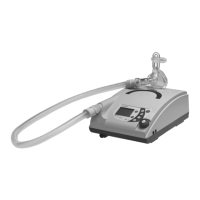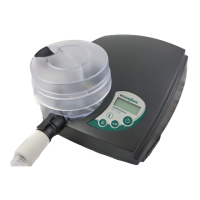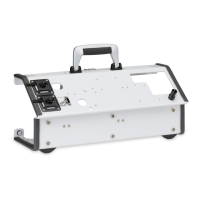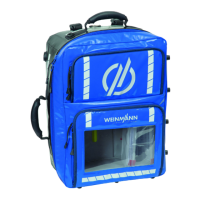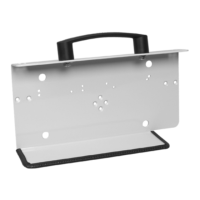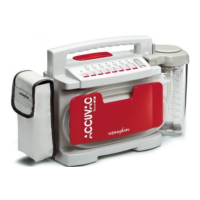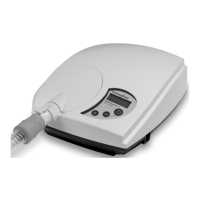What to do if the Weinmann VENTIlogic LS displays 'Internal battery not detected'?
- AAlyssa OwenSep 16, 2025
If your Weinmann Medical Equipment displays 'Internal battery not detected', it may be due to a defective battery or the use of a non-approved battery. Have the device repaired.


